 |

|
|
|
|
|
 |
|
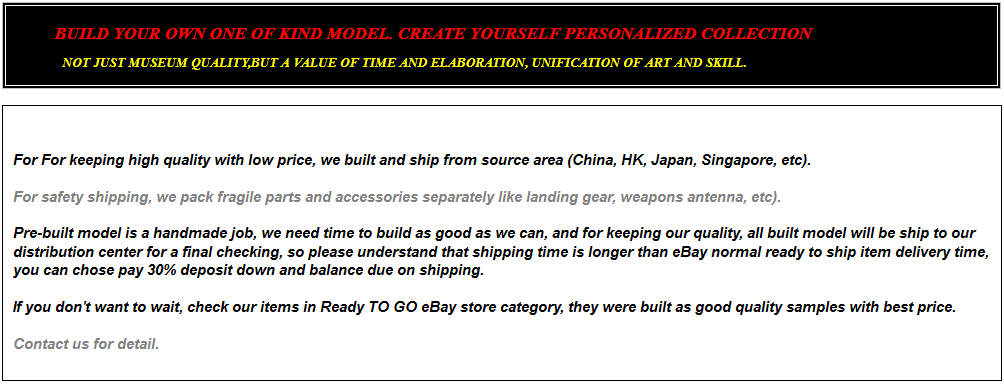 |
|

|
| Item Name:
|
.German Panzerkampfwagen E-100 (Tiger Maus) Super Heavy Tank Nachtjager Porsche w/NightVision
|
| Kits |
.Dragon
|
|
Scale: |
.1:35
|
| Builder: | .Volcano
| | Item Status: | .Built To Order / Pre-Order
| | 
| Detail features:
Award winner built and painted E-100P Porsche Nachtjager Maus with realistic weathering. Add on Night Vision set. Beautiful German late wa camo strip scheme with accurate decals and unit markings. Top building quality with outstanding details throughout the whole model and very high standard accuracy on every individual part. Add brass photo-etched parts and clear parts. Turret and gun details. Hull and deck details. Add track links with road wheel detail. Rotating turret and gun elevation. Adding on vehicle tools and more add-on details.
- Top building quality.
- Great details overall model.
- Add on Brass photo etch for the grills and some various other components, including a muzzle shroud.
- Add on 3 Night vision equipment made from multiple clear parts for maximum detail.
- Scratch night vision cable.
- Excellent exterior features (great rivets, panel lines and appropriate weld beads).
- The upper hull with plenty of fine detail including weld marks, deck surface details and more.
- Hull front with lights and open hatches detail.
- The lower hull realistically reproduced features some nice details such as suspension, axles, rollers, drive sprocket for good detail definition.
- High detailed turret and components including, separately molded hatches and on-vehicle equipment.
- All hatches are open-able with detail on both sides.
- The turret`s loading section, as well as hatch`s, are optional positions.
- Main gun with great muzzle brake details.
- Huge gun mantlet with sharp details.
- Infrared lights with mounts and cable details.
- Side skirts w/details.
- The road/idler wheels and drive sprockets have detail on both sides with great tooth ring details.
- Track exhibit great sag detail.
- Hull sides hull bottom, and deck plate with details.
- Lot`s small exterior details include lights, shackles and more.
- Adding on vehicle tools and more add on accessories.
Buffing and polishing to remove mold seam. Base color with primer and putty for better surface detail. Airbrushed and painted with multicolor. Add clear paint for good finishing on decal applying. Washing to enhance the surface detail increase the appearance of depth including panels, doors, hatches, rivets, bolt head and more. Dry brushing to emphasize and highlighting texture with edge for good wear, tear and fading. Multi-color filters for blend color effects. Adding nonglossy paint for better finishing. Great detail paint job on rust and paint chips off with scratches, worn and bare metal realistic simulating, flow rust and rain streaks effects, grease with staining appearing, engine smoking and muffler burned representing. Also smear and dirt with dust and real mud and more on real-life weathering. Final protective layer for long-term collection.

 |
902
| | | |

|
 |
 |
| 1
Dream Works Hobby |
 |
| 2
Dream Works Hobby |
 |
| 3
Dream Works Hobby |
 |
| 4
Dream Works Hobby |
 |
| 5
Dream Works Hobby |
 |
| 6
Dream Works Hobby |
 |
| 7
Dream Works Hobby |
 |
| 8
Dream Works Hobby |
 |
| 9
Dream Works Hobby |
 |
| 10
Dream Works Hobby |
 |
| 11
Dream Works Hobby |
 |
| 12
Dream Works Hobby |
 |
| 13
Dream Works Hobby |
 |
| 14
Dream Works Hobby |
 |
| 15
Dream Works Hobby |
 |
| 16
Dream Works Hobby |
 |
| 17
Dream Works Hobby |
 |
| 18
Dream Works Hobby |
 |
| 19
Dream Works Hobby |
 |
| 20
Dream Works Hobby |
 |
| 21
Dream Works Hobby |
 |
| 22
Dream Works Hobby |
 |
| 23
Dream Works Hobby |
 |
| 24
Dream Works Hobby |
 |
| 25
Dream Works Hobby |
 |
| 26
Dream Works Hobby |
 |
| 27
Dream Works Hobby |
 |
| 28
Dream Works Hobby |
 |
| 29
Dream Works Hobby |
 |
| 30
Dream Works Hobby |
 |
| 31
Dream Works Hobby |
 |
| 32
Dream Works Hobby |
 |
| 33
Dream Works Hobby |
 |
| 34
Dream Works Hobby |
 |
| 35
Dream Works Hobby |
 |
| 36
Dream Works Hobby |
|
 |
Germany tried its hand at heavy tank development prior to World War 2 in the early 1930s, producing five examples of the plodding, multi-turreted "Neubaufahrzeug" heavy tank series. These steel beasts, however, ran contrary to the expected successes of the "blitzkrieg" method of waging war which directly limited interest and their overall impact. However, as World War 2 became fully entrenched in the daily lives of Europeans, thought was once again passed to heavy tank development for the German Army - this also prompted by the arrival of evermore powerful Soviet breeds. Beyond its well-noted early light- and medium-class Panzers, there were the excellent Tiger I and Tiger II tanks of 1942 and 1943 respectively. Not one to sit on its laurels, German authorities sought even more powerful types during the latter stages of the war - "Super Heavy Tanks" - and this included the Panzerkampfwagen (PzKpfw) E-100 development - otherwise known as the "Tiger Maus" ("Tiger Mouse").
Design of the E-100 ran the conventional route of a track-and-wheel system fitted to a heavily armored hull with engine at the rear and a 360-degree traversing turret at the center of the hull roof. Henschel was charged with its development which, by mid-1943, was in direct competition with Porsche who had already secured a development contract for its super-sized 188-ton Panzer VIII "Maus" heavy tank. The Henschel design was to be "lighter" in form, initially covering some 155-tons of armor, weaponry and systems though its size and weight still limited it along European village roads and across its archaic bridges. The E-100 was allotted the same turret design of the Porsche Maus project, hence its informal name of "Tiger Maus". Additionally, the Tiger Maus would use many off-the-shelf components available from existing German stocks to speed up its initial development and subsequent production as well as expected in-the-field maintenance.
Work on the new tank proceeded through 1943 and into 1944. Maybach provided its HL230P30 V12 series water-cooled gasoline-fueled engine of 700 horsepower for the program (production-quality mounts would have been given the HL234 V12 instead). These engines were the same type as used on the preceding Panther medium tank and Tiger II (King Tiger) marks though - in the latter - it proved wholly underpowered for the behemoth. The track system was similar in design to those as seen on previous German tanks complete with large overlapping road wheels. The drive sprocket was fitted to the front of the hull with the track idler at the rear. The upper portions of the track were to be covered in armor "skirts" for base protection against anti-tank weaponry. The glacis plate was sloped up to the driver`s position in the front-left hull just ahead of the turret emplacement. The turret itself sported thick angled sides and a heavy mantlet. The engine deck was expectedly flat with a pair of exhaust stacks fitted to the rear hull facing. The hull was suspended across a unique Belleville washer coil spring system. The complete crew complement was six including a driver, commander, loader, gunner and several loaders/machine gunners.
| |
 |
 |
 |
 |
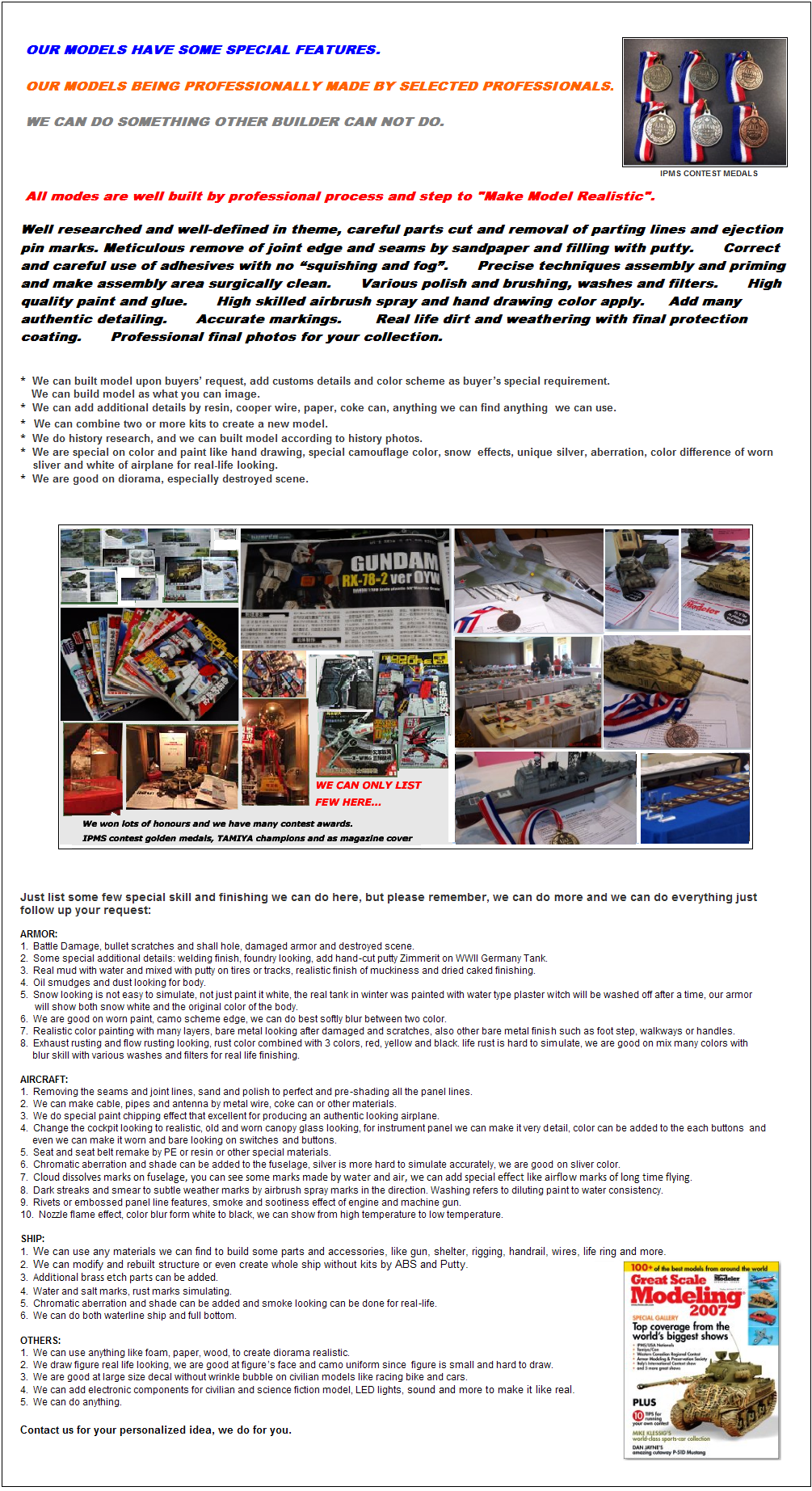
|
 |
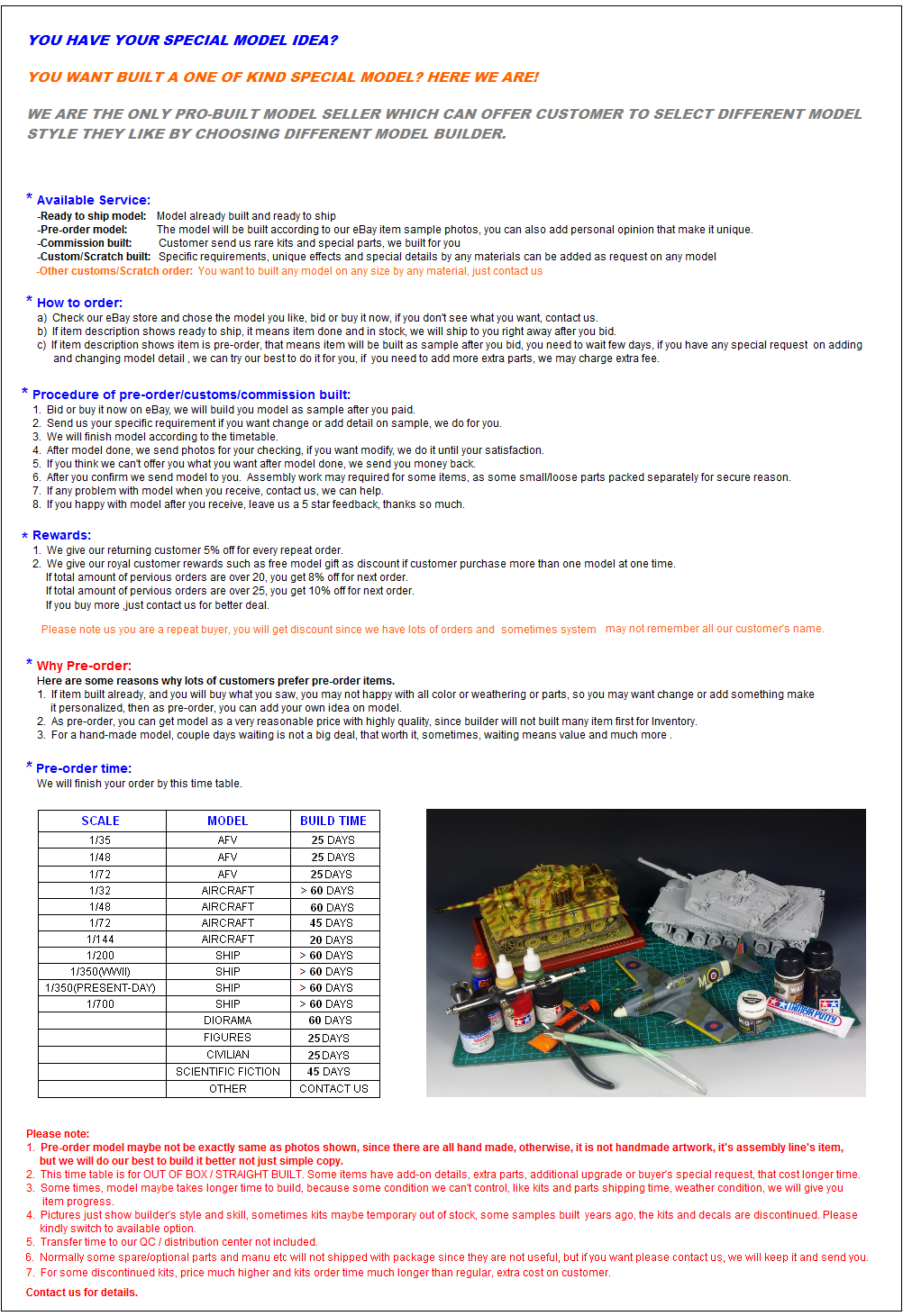 |
 |
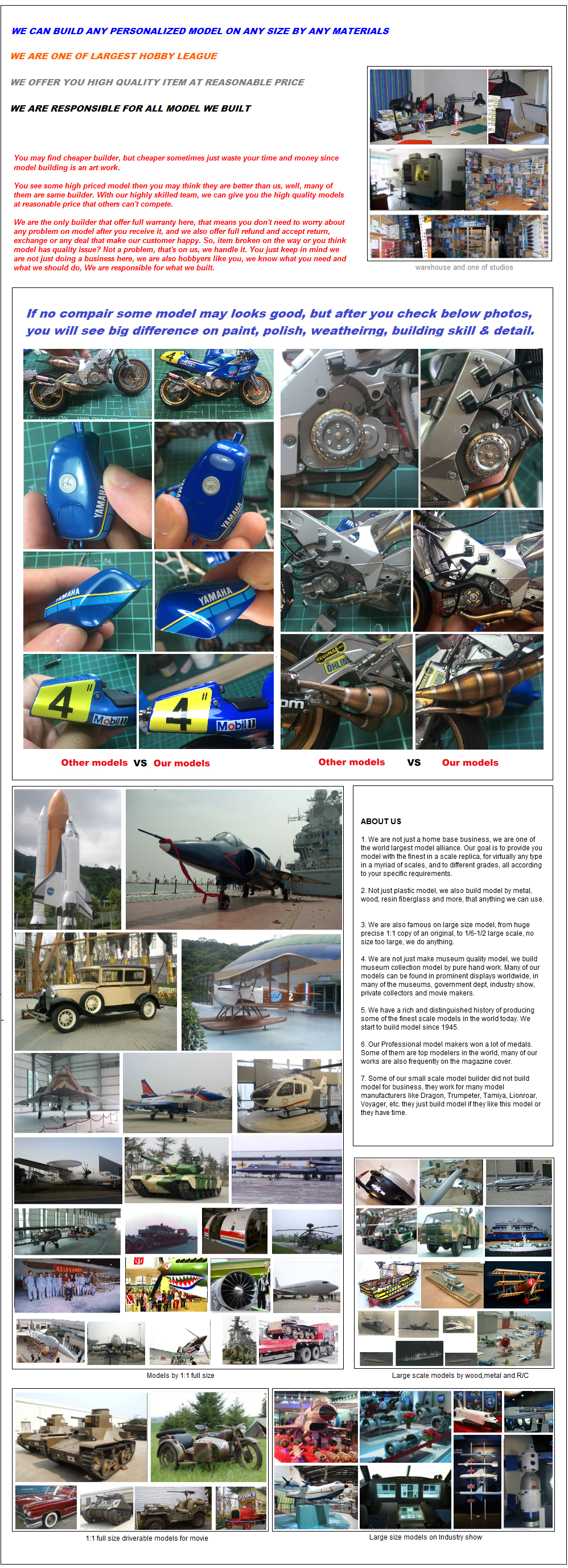 |
 |

|
 |
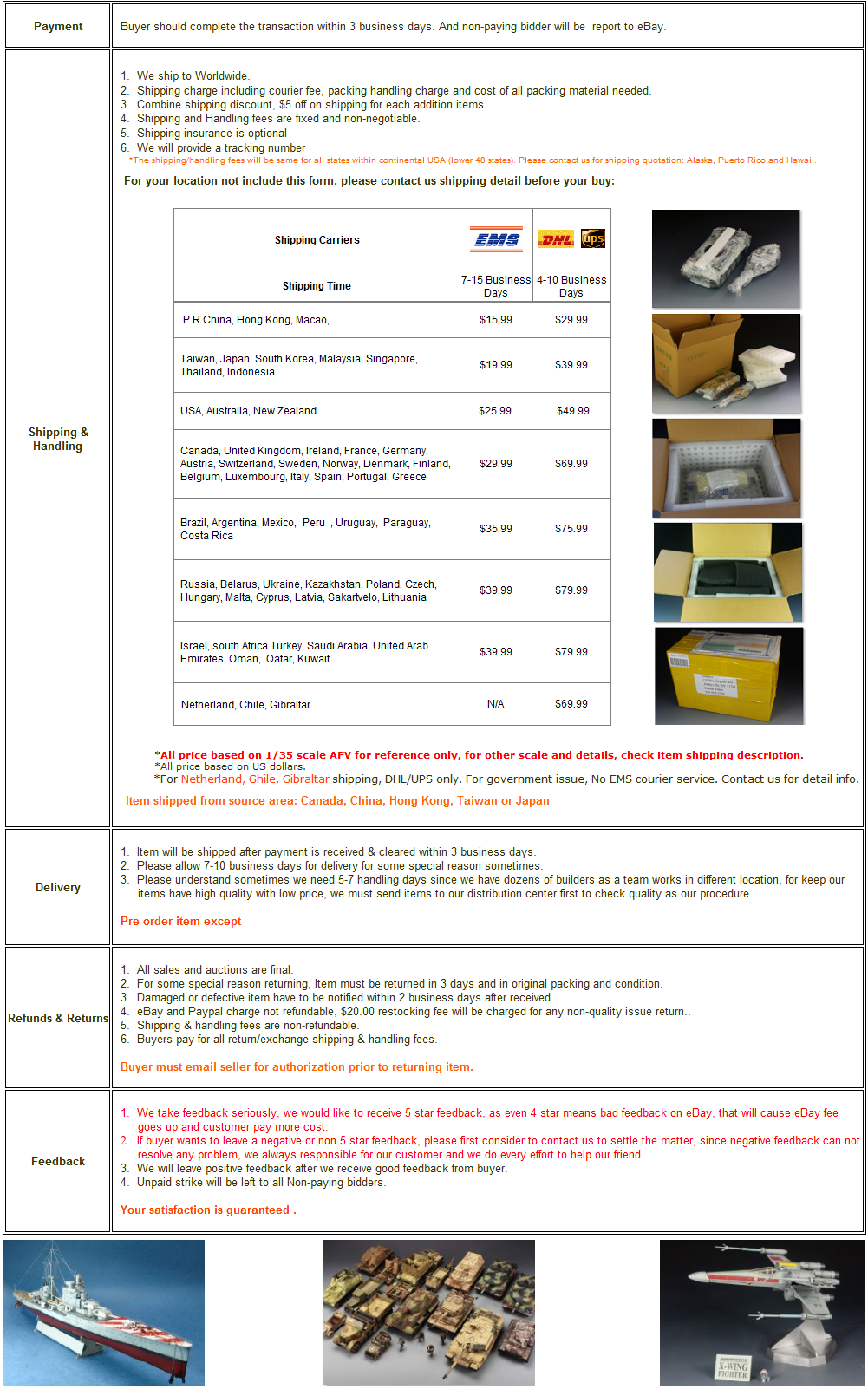
|
 |
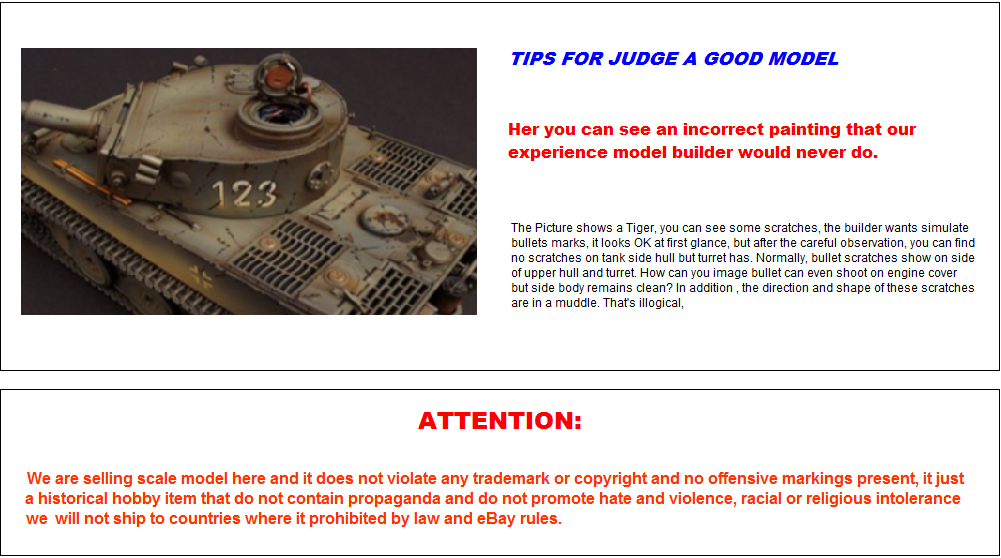
|
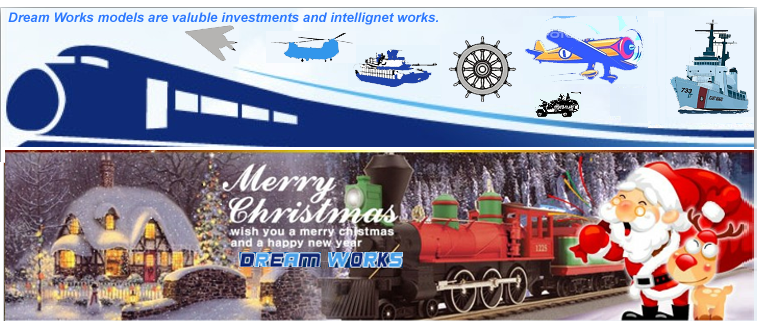 | |